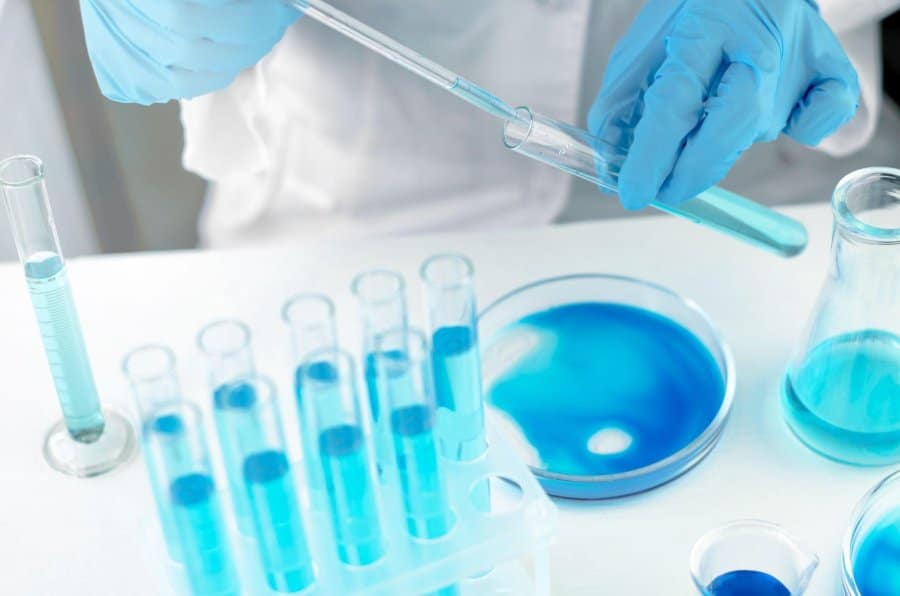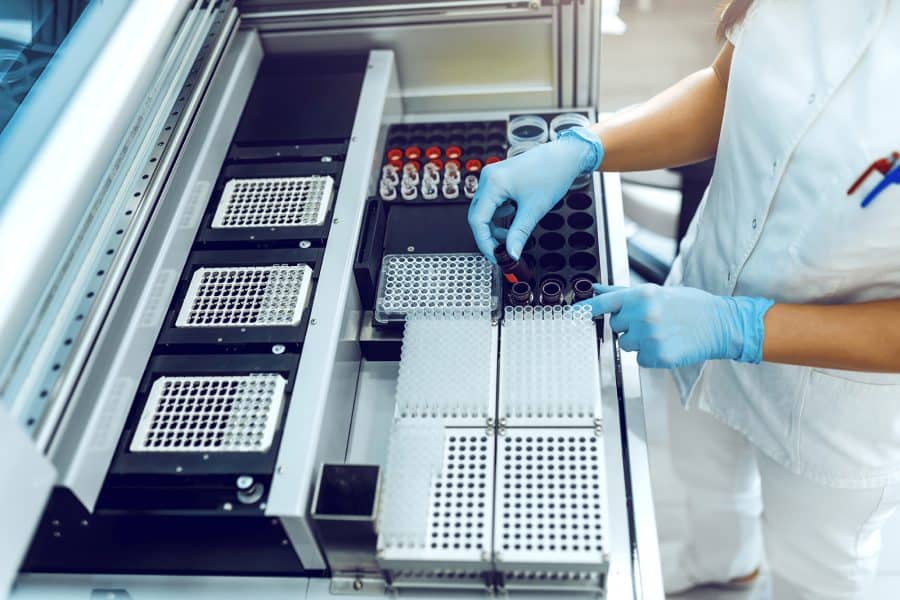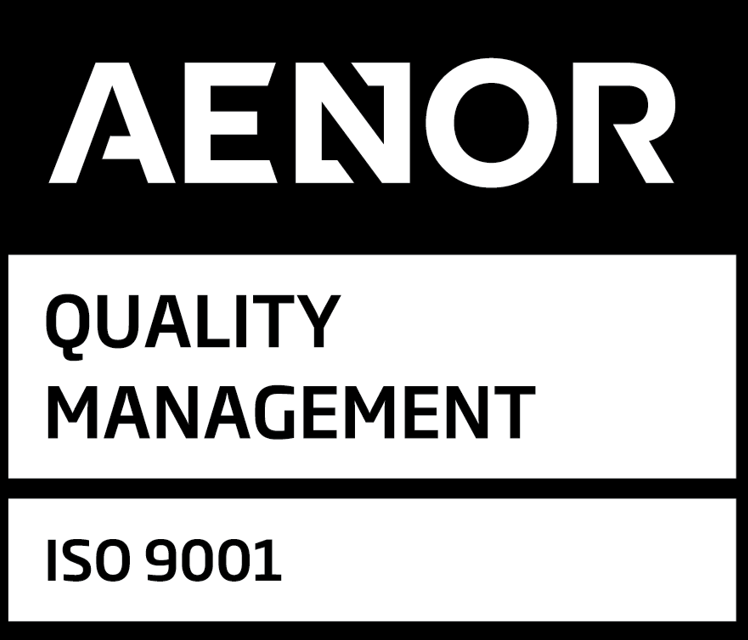Clinical development for medical devices is a complex and continuous process under Regulation (EU) 2017/745 (MDR), requiring robust clinical evidence to demonstrate safety and performance. Regardless of whether your product is a novel technology or an updated version of an existing device, regulators demand comprehensive evaluation across every phase. This guide walks you through the key steps, from early strategy to final submission, to help you achieve MDR compliance.
Step 1: Strategy & Planning – Building the Foundation
To begin with, this phase is critical for defining the scope, evidence routes, and overall resource allocation for your clinical efforts. A well-constructed strategy at this stage prevents costly errors and oversights, setting the trajectory for a successful submission. As a result, this phase produces the clinical evaluation plan (CEP), your core strategic document.
Key strategic actions:
Comprehensive gap analysis: Assess all existing data against the MDR requirements applicable to your device’s risk class and intended purpose. This includes preclinical data (biocompatibility, electrical safety, software validation, usability engineering) and potential sources of clinical data.
Defining the evidence route map: Decide if conformity with the general safety and performance requirements (GSPRs) set out in Annex I of the MDR can be demonstrated through existing data or if a new clinical investigation is required.
- Waiver of clinical data: Under MDR Article 61(10), a justification for omitting clinical data may be possible if deemed “not appropriate.” This is reserved for low-risk devices where safety and performance can be demonstrated through comprehensive preclinical testing (e.g., bench testing, non-clinical performance evaluation). You must justify the waiver through risk management and support it with clear technical documentation.
- Clinical investigation route: For novel devices or when equivalence cannot be sufficiently proven, a new clinical investigation is unavoidable, especially for Class IIb implantable and all Class III devices.
- Equivalence route: Alternatively, if you rely on data from another device, you must provide rigorous proof of technical, biological, and clinical equivalence as per the MDR’s strict criteria. Notified Bodies (NBs) apply these requirements strictly, which makes this path to clinical evidence more difficult.
Developing the Clinical Development Plan (CDP): This overarching document integrates pre-market and post-market clinical activities, ensuring a seamless transition from pre-market approval to post-market surveillance.
Using the CEP as the roadmap:
The CEP must define the device and its intended purpose. It should also establish specific clinical safety and performance objectives that are aligned with the device’s intended clinical benefits and risk profile. It must outline clear clinical questions, list relevant data sources, and explain the literature search strategy. A well-crafted CEP is the strategic backbone of clinical development for medical devices, ensuring your evidence generation aligns with MDR expectations.
Need expert guidance navigating MDR clinical development? Partner with MDx CRO to streamline your clinical strategy, generate robust evidence, and ensure regulatory success. Contact us today.
Step 2: Investigation & Execution – Generating Robust Data
While the clinical evaluation identifies evidence gaps, a clinical investigation may be required to generate the data needed to address them.
Clinical investigation set-up and conduct:
- Investigation plan and protocol development: You must ensure the protocol is scientifically rigorous and ethically sound, in line with ISO 14155:2020. It should clearly define endpoints, sample size, and study methodology.
- Navigating regulatory approvals: Secure necessary approvals from Competent Authorities and favourable opinions from Ethics Committees in each target member state.
- Trial conduct, monitoring and oversight: Additionally, ensure all sites are adequately trained and monitored in study procedures. Use robust data systems to ensure data integrity and accuracy.
- Vigilance and Safety Reporting: Establish clear processes for capturing, assessing, and reporting all adverse events and device deficiencies in accordance with regulatory timelines. You must ensure these processes comply with MDR requirements, particularly Articles 80–89 and Annex III Section 1.1(c). In addition, where applicable to clinical investigations, compliance with ISO 14155:2020 is also required.
Step 3: Analysis & Clinical Evaluation – Synthesising Data into Evidence
At this stage, you must transform raw data into compelling evidence. The data must be critically appraised, synthesised, and contextualised within the current state of the art.
Understanding clinical data:
Per MDR Article 2(48), clinical data are information concerning safety or performance of a device that are generated from the use of a device, and are sourced from one or more of the following:
- Clinical investigations of the device under evaluation (DuE).
- Clinical investigation(s) or other studies reported in scientific literature, involving a device for which equivalence to the device in question can be demonstrated.
- Peer-reviewed scientific literature reporting other clinical experience with the device in question or with a device for which equivalence can be demonstrated.
- Clinically relevant information from post-market surveillance (PMS), particularly post-market clinical follow-up (PMCF).
Core components of data analysis and compiling the clinical evaluation report (CER):
- Systematic literature review and data appraisal: Execute the literature search as defined in the CEP. The process must be fully transparent, systematic, and reproducible. Evaluate each data source critically for validity, quality, and relevance—whether from your study or existing literature. Standardised appraisal tools should be used to assess the risk of bias and the strength of the evidence.
- Demonstrating conformity with GSPRs: You must clearly link your clinical evidence to the GSPRs in the CER. It should clearly state how the collected data verifies that each applicable clinical requirement is met.
- State-of-the-art comparison: Compare your device’s performance, safety, and benefit-risk profile against the current standard of care and available alternatives. This contextualises your device’s value within the medical landscape.
- Writing a comprehensive and well-structured CER: The final report should clearly justify the device’s clinical safety and performance. It must affirm that the overall benefit-risk conclusion is favourable for the intended target population and clinical setting. Your evaluator(s) must sign the CER to confirm responsibility, and all data, appraisals, and conclusions must be traceable.
Synthesising data into a Clinical Evaluation Report (CER) is a critical milestone in clinical development for medical devices, connecting raw data to a clear regulatory conclusion.
Step 4: Lifecycle Management – Closing the Loop and Ensuring Continuity
Under MDR, clinical evaluation is a continuous process. In fact, certification is not the finish line—it’s the midpoint of an ongoing cycle of evidence generation.
Ongoing post-market obligations:
- PMS: Proactively collect and evaluate real-world data from various sources, including user feedback, complaint handling, literature screening, and registries. This system helps detect emerging risks or performance issues.
- PMCF studies: Where required by the risk profile or as outlined in the CDP, conduct targeted PMCF studies to investigate the long-term performance and safety of the device, or to address any residual uncertainties from pre-market clinical evaluation.
- CER updates: Treat the CER as a living document. Therefore, update it annually for Class III and implantable devices, or every 2–5 years for lower-risk classes. An immediate update is warranted upon the discovery of significant new information that could impact the benefit-risk assessment, such as newly available clinical data, emerging risks, or advancements in the state-of-the-art.
Navigating Challenges
- Data quantity and quality: Data must be sufficient for statistical significance and come from reputable sources. Manufacturers must demonstrate a thorough search of relevant databases (e.g., PubMed, EMBASE) and a critical appraisal of the data’s scientific validity.
- Justifying a waiver: However, waiving clinical data is risky. You must justify it scientifically and ethically, rooted in strong risk management
- Proving equivalence: The bar for demonstrating technical, biological, and clinical equivalence is high. Because NBs assess equivalence strictly, a new clinical investigation is often the better option.
Supporting Documents and Guidance
Regulations
Harmonised Standards:
- ISO 14155:2020 (Clinical investigation of medical devices for human subjects — Good clinical practice)
Guidance Documents:
- MEDDEV 2.7/1 Rev. 4 (Clinical Evaluation: A Guide for Manufacturers and Notified Bodies)
- MDCG 2020-13 (Clinical evaluation assessment report template)
Key Takeaway
Successful clinical development for MDR compliance is not a series of isolated tasks but an integrated, lifecycle-spanning process with clinical evaluation as its continuous core. To sum up, by planning strategically with a thorough gap analysis and a robust CEP, executing clinical investigations with rigor, synthesising data into compelling evidence in the CER, and embracing the ongoing cycle of PMS and CER updates, you demonstrate more than just compliance. You build and maintain a strong, evidence-based case for your device’s enduring value, safety, and performance in the marketplace.








